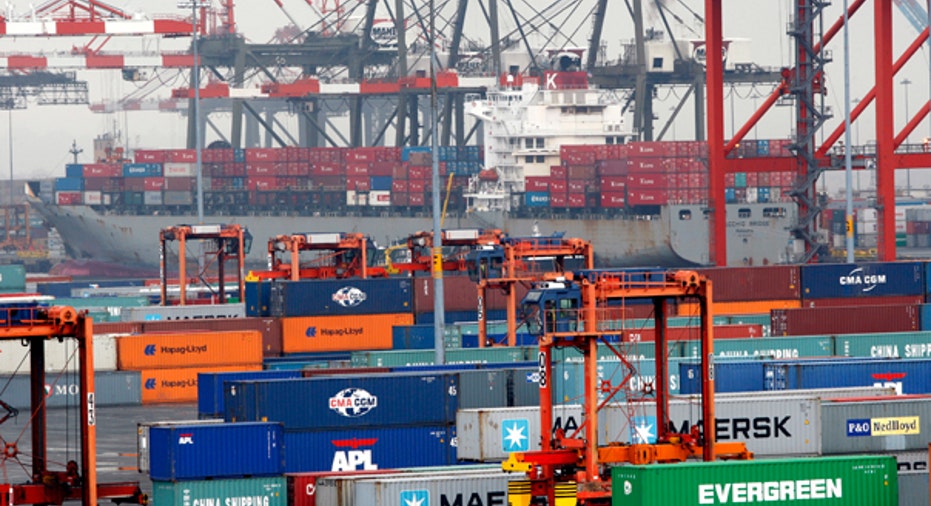Trade Gap Widens on Surging Imports in January

The trade deficit widened much more than expected in January to $46.3 billion, as surging imports of oil, capital goods and cars overpowered record exports.
Analysts had expected the trade gap to grow moderately to $41.5 billion, from a revised estimate of $40.3 billion in December. The closely watched trade gap with China also widened in January.Led by higher oil prices, U.S. imports of goods and services leapt 5.2% in January to $214.1 billion for the largest month-to-month gain since March 1993.
The strong growth was a sign of improved U.S. demand, but the bigger-than-expected gap could prompt analysts to scale back their estimates of first-quarter U.S. economic growth.
The average price for imported oil soared to $84.34 per barrel, the highest since October 2008, and imports from the Organization of Petroleum Exporting Countries (OPEC) also rose to the highest since that month.
Imports of capital goods, such as industrial machinery, engines and medicinal equipment, hit a record $41.7 billion while imports of foods, feeds and beverages were a record $8.5 billion.Car imports were the highest since February 2008.
U.S. exports of goods and services grew 2.7% to a record $167.7 billion, with both exports of goods and exports of services at record highs.
The previous record of $165.7 billion was set in July 2008, just before the global financial crisis which caused world trade to plummet.
Despite export growth to the rest of the world, U.S. exports to China fell more than 20% in January to $8.1 billion while U.S. imports from China grew slightly to $31.4 billion.
That resulted in a bilateral U.S. trade deficit of $23.3 billion during the month that Chinese President Hu Jintao was in the United States for talks with President Barack Obama.
The trade deficit with China is a sore point in relations and both sides have promised steps to bring trade more into balance.